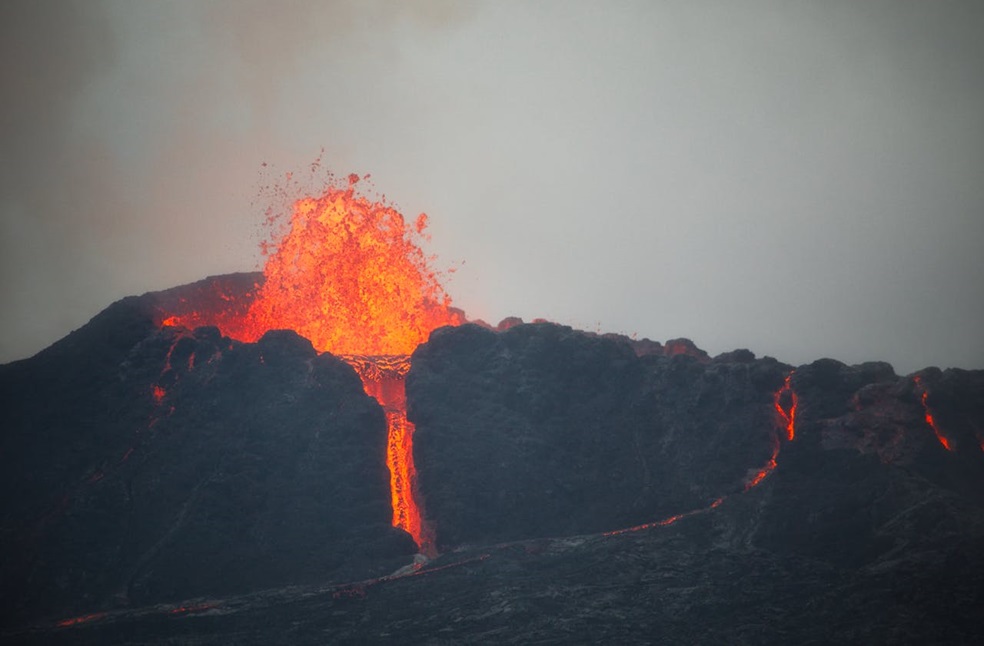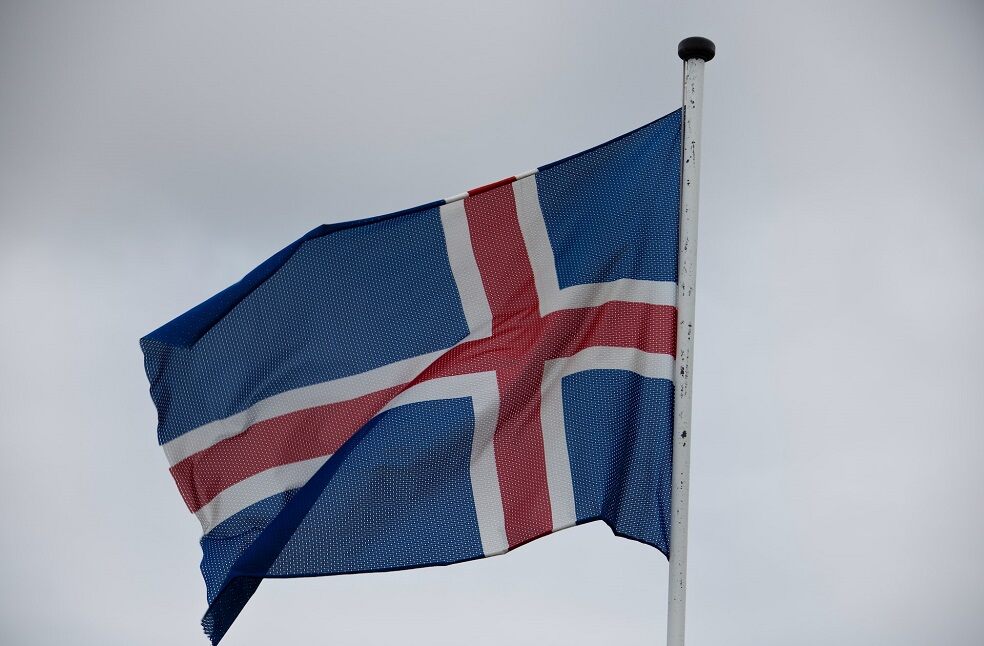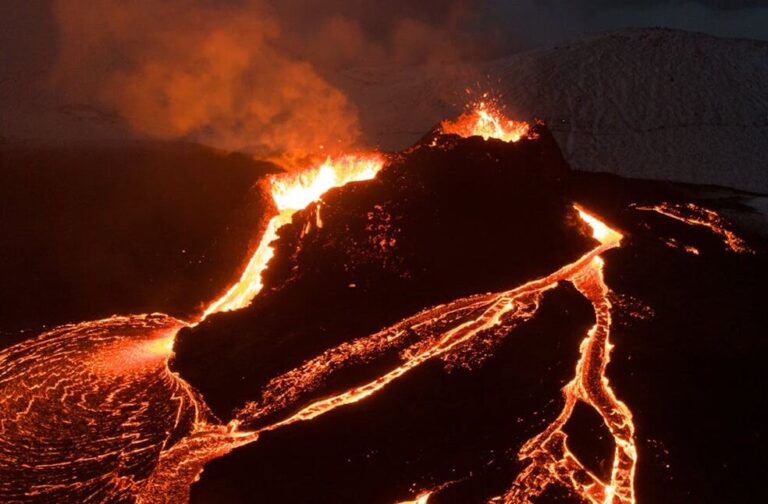Iceland: The volcanoes on Iceland’s Reykjanes Peninsula are becoming active again with increased intensity after nearly 800 years of dormancy.
Since 2021, there have been eight eruptions, and recent studies indicate that the increase in volcanic activity is likely caused by a shallow magma pool that is only 10 kilometres (6.2 miles) wide and 9–12 kilometres below the surface.
Researchers assert that the magma pool might sustain similarly-sized volcanic eruptions in the area for years or possibly decades more, hence warning authorities about this magma source is essential to the continued safety of local populations.

The majority of Iceland’s population lives on the Reykjanes Peninsula in southwest Iceland. Troll and his colleagues mapped the subsurface of the peninsula using seismic wave data from volcanic eruptions and earthquake “swarms.”
They discovered that a pocket of magma fed the 2021 eruptions of the Fagradalsfjall volcanic system and oozed along geological lines to Sundhnúkur, where volcanoes have been erupting lava since late 2023.
Given that both eruption zones are releasing lavas with comparable geochemical “fingerprints,” the results imply that the two volcanic systems are connected by a “connected magma plumbing system.”
According to historical data, this shared magma pool most likely originated between 2002 and 2020, was recharged again in 2023, and is still supplying magma along slightly sloping paths from shallow depths to surface fissures and vents. Deeper in the mantle, melting rock feeds the magma pool, which might potentially sustain eruptions for several decades.

Having located the magma pool, communities can now monitor and map it to be ready for any eventualities. Evacuating individuals repeatedly would be a clear but essential interruption to protect their safety.
In addition, frequent eruptions have the potential to destroy vital infrastructure, including experimental carbon sequestration facilities that inject carbon dioxide (CO2) and other gaseous pollutants into porous rocks, as well as geothermal power stations that provide Iceland with heat and electricity.
Iceland is accustomed to frequent volcanic eruptions due to its location on the Mid-Atlantic Ridge, which is the tectonic plate boundary between North America and Eurasia.
However, the last three years have seen exceptionally disruptive eruptions, which may signal the start of a protracted period of frequent and intense volcanic eruptions in the nation. But as nature is rarely predictable, the experts are urging more frequent observation of the region.



